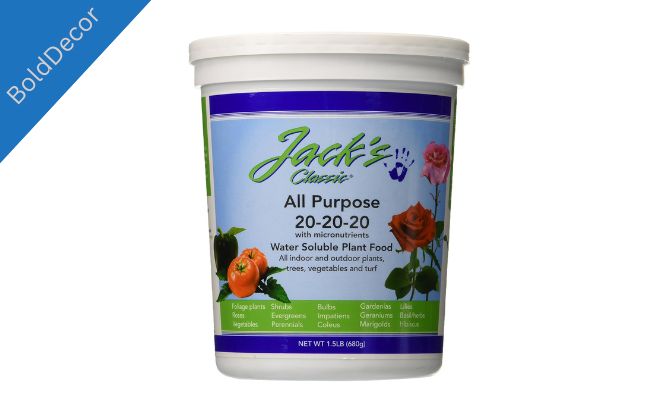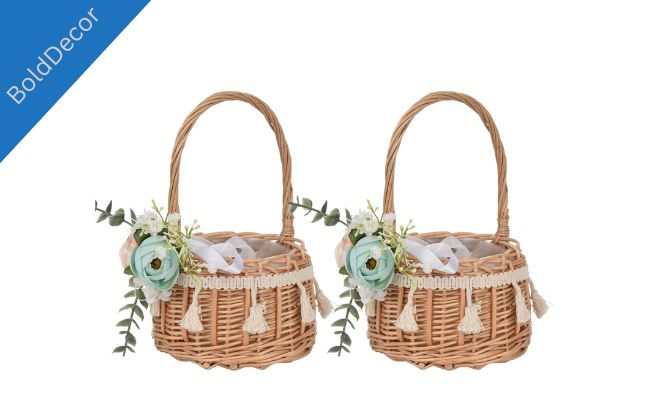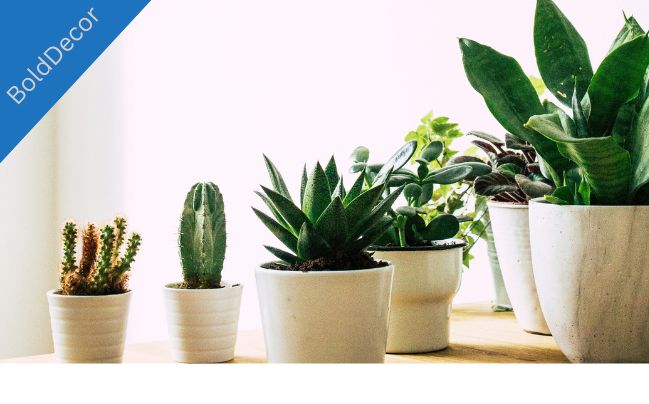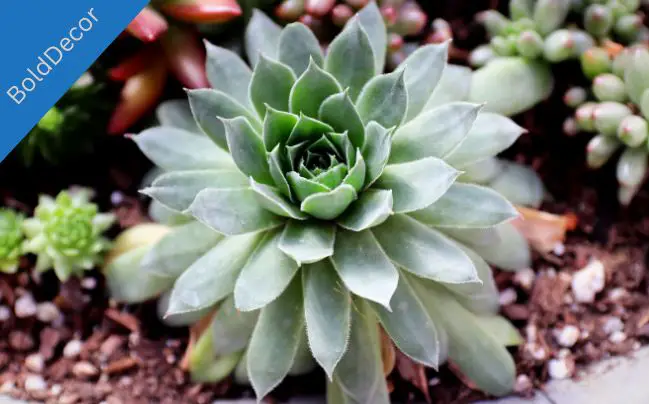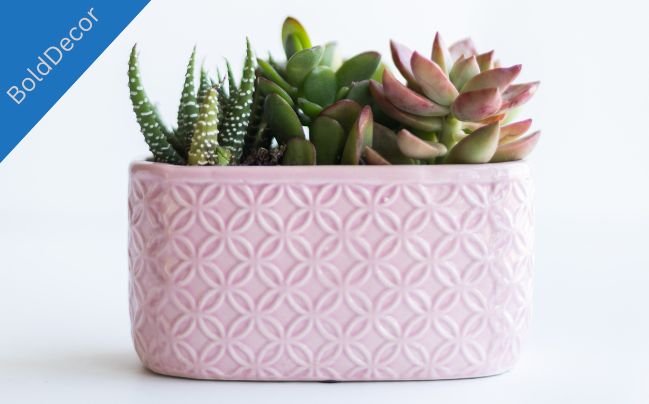Hello there! As a plant enthusiast, I understand the importance of providing proper nourishment for your plants to thrive. In this comprehensive guide, I will walk you through the best plant fertilizers available to help your plants stay healthy and vibrant.
Whether you have flowers, vegetables, or indoor plants, this guide will provide you with the information you need to choose the right fertilizer for your specific plant needs.
Key Takeaways:
- Choosing the best plant fertilizer is crucial for promoting healthy plant growth and maximizing vitality.
- The type of plant fertilizer you choose should align with the specific nutritional requirements of your plants.
- Understanding the benefits of organic and synthetic fertilizers can help you make informed decisions about the best options for your plants.
- Applying fertilizer correctly and at the right time can greatly enhance your plant’s overall health and growth.
- Troubleshooting common fertilizer issues can save your plants from potential harm and promote long-term vitality.
Table of Contents
Understanding the Importance of Plant Fertilizer
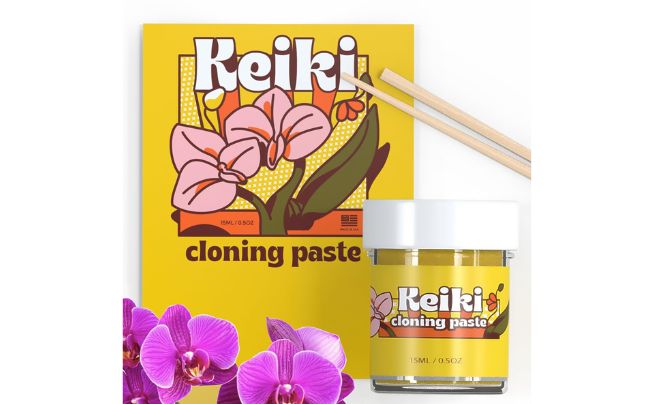
As a plant lover, I understand that you want your plants to thrive and look vibrant. However, the best way to achieve this is by providing them with proper nourishment, and fertilization is an essential component of their overall care.
Fertilizer provides the necessary nutrients that plants need to grow, such as nitrogen, phosphorus, and potassium. These nutrients help maintain healthy root systems, promote growth, and increase resistance to diseases.
Without proper fertilization, plants may suffer from slow growth, weak stems, and low-quality produce or blooms. Therefore, to keep your plants healthy and vibrant, it is crucial to understand the importance of using the right type of plant fertilizer.
Organic vs. Synthetic Fertilizers: Choosing the Right Type for Your Plants
As a plant owner, choosing between organic and synthetic fertilizers may seem daunting.
Organic fertilizers are derived from natural sources such as compost, manure, or bone meal. They release nutrients slowly and improve soil structure over time.
Synthetic fertilizers, on the other hand, are chemically produced and provide a quick release of nutrients. They are often more cost-effective and easier to find than organic options.
So, which one should you choose? It ultimately depends on your preferences and planting goals.
Organic Fertilizers
If you prefer an eco-friendly approach, organic fertilizers may be the way to go. They are typically more sustainable and environmentally friendly than synthetic fertilizers.
Organic fertilizers also improve soil quality by increasing the soil’s water-holding capacity and promoting beneficial microbial activity. This can lead to increased nutrient uptake and improved plant growth over time.
However, organic fertilizers may not be as potent as synthetic fertilizers, so you may need to use more product or apply it more frequently to achieve the desired results.
Synthetic Fertilizers
Synthetic fertilizers are often cheaper and more readily available than organic options. They provide an immediate nutrient boost to plants, leading to rapid growth and flowering.
However, synthetic fertilizers can also cause harm to the environment if not used correctly. Excessive use can lead to soil acidification, nutrient runoff, and harm to beneficial soil organisms.
When using synthetic fertilizers, it’s crucial to follow instructions carefully and avoid overapplication.
Choosing the Right Type
Ultimately, the best fertilizer for your plants depends on your preferences and needs. Consider the specific nutritional requirements of your plants and the environmental impact of each product.
| Organic Fertilizers | Synthetic Fertilizers |
|---|---|
| Derived from natural sources such as compost, manure, or bone meal | Chemically produced |
| Release nutrients slowly | Provide a quick release of nutrients |
| Improve soil structure over time | May cause harm to the environment if not used correctly |
Remember, whether you choose organic or synthetic, proper application is key. Avoid overfertilizing and follow instructions carefully to ensure the health and vitality of your plants.
Flowering Plants: Best Fertilizers for Vibrant Blooms
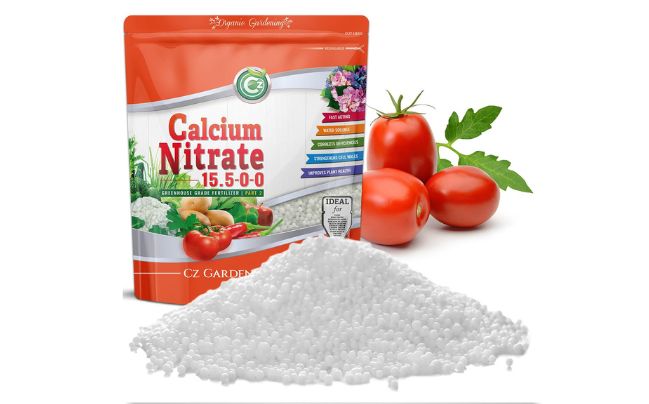
If you want your flowering plants to bloom vibrantly, you need to choose the right fertilizers. Flowering plants require specific nutrients to thrive, such as phosphorus and potassium, which promote root growth and flower development, respectively.
One of the best fertilizers for flowering plants is Espoma FT4 4-pound Flower-tone Blossom Booster Plant Food. This organic fertilizer contains all the necessary nutrients for healthy flower growth and helps promote strong and robust buds.
Another excellent option for promoting vibrant blooms is Miracle-Gro Water Soluble Bloom Booster Flower Food. This synthetic fertilizer contains high levels of phosphorus, which helps create more flowers and improve the intensity and color of blooms.
Comparison Table: Best Fertilizers for Flowering Plants
| Product | Type | NPK Ratio | Weight (lbs) | Price ($) |
|---|---|---|---|---|
| Espoma FT4 Flower-tone Blossom Booster Plant Food | Organic | 3-4-5 | 4 | 13.99 |
| Miracle-Gro Bloom Booster Flower Food | Synthetic | 15-30-15 | 1.5 | 15.99 |
When choosing the best fertilizer for your flowering plants, consider the specific nutritional needs of your plants and the level of control and eco-friendliness you require. Organic fertilizers are an excellent option for environmentally conscious gardeners, while synthetic fertilizers offer immediate results and precise nutrient control.
Ultimately, the key to vibrant blooms is consistent fertilization, following the manufacturer’s instructions for dosage and application frequency. With the right fertilizer and proper care, you’ll be able to enjoy stunning and healthy blooms all season long.
Nutrient-Rich Fertilizers for Lush Vegetable Gardens
Vegetable gardens require different nutrients to flowers or indoor plants, but providing the proper nourishment can lead to delicious, healthy vegetables. When choosing a fertilizer for your vegetable garden, look for one that provides a balance of nitrogen, phosphorus, and potassium, known as NPK.
Nitrogen promotes leafy growth, while phosphorus stimulates root development and flower formation. Potassium plays a role in overall plant health, helping plants resist diseases and pests.
Organic fertilizers, such as compost and manure, are excellent choices for vegetable gardens as they provide slow-release nutrients and improve soil structure. Synthetic fertilizers can also be effective when used correctly, but be sure to follow the instructions carefully to avoid over-application, which can lead to plant stress and nutrient burn.
| Fertilizer Type | Pros | Cons |
|---|---|---|
| Compost | Adds organic matter, improves soil structure | Slow-release nutrients, may contain weed seeds |
| Manure | Rich in nutrients, improves soil structure | Needs to be composted first, can be a source of weed seeds |
| Fish Meal | High in nitrogen and other essential minerals | Can attract pests, has a strong odor |
| Synthetic Fertilizer | Fast-acting, precise nutrient content | Can lead to over-application, does not improve soil structure |
When applying fertilizer to your vegetable garden, be sure to follow the dosage instructions carefully. Over-application can lead to nutrient burn, while under-application can result in stunted growth and weak plants.
With the right fertilizer, your vegetable garden can be a source of fresh, healthy produce for you and your family. Experiment with different types of fertilizers and application techniques to find the best fit for your specific vegetables and soil conditions.
Indoor Plants: Fertilizer Solutions for Thriving Houseplants
If you’re a plant enthusiast like me, you know that indoor plants require specific care to thrive. Proper fertilization is essential to ensure your houseplants receive the nutrients they need to grow healthy and strong.
When it comes to indoor plant fertilizers, you have a few options to choose from. Liquid fertilizers are easy to use and quickly absorbed by plants, while slow-release fertilizers provide extended feeding over time. Organic fertilizers are a popular choice for those seeking a natural approach, while synthetic fertilizers offer immediate and targeted nutrition.
When selecting a fertilizer for your indoor plants, it’s essential to consider the specific needs of each plant species. For example, foliage plants like pothos and spider plants benefit from balanced NPK (nitrogen, phosphorus, and potassium) formulas, while flowering plants like African violets require higher phosphorus levels for blooming.
My Top Fertilizer Recommendations for Common Indoor Plants
| Plant Type | Recommended Fertilizer | Fertilizing Schedule |
|---|---|---|
| Foliage Plants (Pothos, Spider Plants) | General-purpose liquid indoor plant fertilizer | Every 2-4 weeks during the growing season (spring and summer) |
| Flowering Plants (African Violets, Peace Lily) | Bloom-boosting liquid indoor plant fertilizer with high phosphorus levels | Every 2-4 weeks during the growing season (spring and summer), reduce frequency in the winter |
| Cactus and Succulents | Cactus and succulent-specific liquid or slow-release fertilizer with low nitrogen levels | Every 2-3 months during the growing season (spring and summer), reduce frequency in the winter |
| Ferns | General-purpose liquid indoor plant fertilizer with added iron | Every 2-4 weeks during the growing season (spring and summer) |
Remember, always follow the manufacturer’s instructions when applying fertilizer to your indoor plants. Over-fertilizing can lead to nutrient burn, while under-fertilizing can result in stunted growth and poor health.
Pro Tip: Before fertilizing, make sure your plants are well-hydrated and the soil is moist. Water the plant first and wait until the pot drains before applying fertilizer.
By providing your houseplants with the proper fertilization, you’ll be rewarded with healthy and vibrant plants that enhance your indoor space. So, go ahead and give your plants the nourishment they need to thrive!
Fertilizer Application Techniques: Dos and Don’ts
Proper fertilizer application techniques are crucial for healthy plant growth. Applying too much or too little fertilizer can harm your plants, wasting your time and money. Here are some dos and don’ts to help you fertilize your plants effectively:
Dos
- Do measure your fertilizers carefully. Use a scale or measuring cup to ensure you add the right amount of fertilizer to your plants.
- Do follow the instructions on the label. Different fertilizers have different application rates and methods. Follow the manufacturer’s instructions for best results.
- Do water your plants after fertilizer application. This helps the fertilizer penetrate the soil and reach the plant roots.
- Do apply fertilizers evenly. Spread the fertilizer around the root zone of the plant to ensure each plant receives its fair share.
- Do test your soil. Soil testing can help you determine the nutrient levels in your soil, allowing you to adjust the fertilizer accordingly.
Don’ts
- Don’t fertilize dry soil. Water your plants a day before fertilization to ensure the nutrients can reach the roots.
- Don’t apply fertilizer to wilted plants. Wait until your plants recover before applying any fertilizer.
- Don’t over-fertilize your plants. Too much fertilizer can cause fertilizer burn, which damages the plant roots and leaves.
- Don’t apply fertilizer during drought conditions. During a drought, plants cannot absorb nutrients effectively, making fertilizer application ineffective.
- Don’t apply fertilizer to the leaves. Foliar feeding, or applying fertilizer to the leaves, is ineffective and can damage the plant.
Understanding Fertilizer Labels: Decoding the Nutrient Ratio
When it comes to choosing the right fertilizer, understanding how to decode the nutrient ratio on the label is essential. The three numbers on the label indicate the percentage of nitrogen (N), phosphorus (P), and potassium (K) in the fertilizer, respectively.
The first number represents the percentage of nitrogen, which is crucial for plant growth and leaf development. The second number represents the percentage of phosphorus, which is essential for root development and flower production. The third number represents the percentage of potassium, which is necessary for overall plant health, disease resistance, and stress tolerance.
For example, a fertilizer with an NPK ratio of 10-10-10 contains 10% nitrogen, 10% phosphorus, and 10% potassium. Similarly, a fertilizer with an NPK ratio of 5-10-5 contains 5% nitrogen, 10% phosphorus, and 5% potassium.
| Fertilizer Type | N-P-K Ratio | Benefits |
|---|---|---|
| Nitrogen Fertilizer | 21-0-0 | Stimulates leaf growth and improves overall plant vigor |
| Phosphorus Fertilizer | 0-46-0 | Stimulates root development and enhances flower and fruit production |
| Potassium Fertilizer | 0-0-60 | Improves plant health, disease resistance, and stress tolerance |
It’s essential to choose a fertilizer with the right NPK ratio for your plants. For example, if you want to encourage flower production, choose a fertilizer with a higher phosphorus content. If you want to promote overall plant health, choose a balanced fertilizer with equal amounts of nitrogen, phosphorus, and potassium.
Additionally, be mindful of the total amount of nutrients provided by the fertilizer. Applying too much fertilizer can lead to nutrient burn, which can damage or kill your plants. Always follow the instructions on the label to ensure you’re applying the correct amount of fertilizer.
Pro Tip: If you’re unsure about which fertilizer to use for your plants, consider getting a soil test or seeking advice from a gardening expert. This way, you can ensure you’re providing your plants with the exact nutrients they need to thrive.
Troubleshooting Common Fertilizer Issues
Despite your best efforts to provide your plants with the right type of fertilizer, problems can still occur. Here are some common fertilizer issues and how to troubleshoot them:
Issue: Fertilizer Burn
If you notice brown or yellowish edges on the leaves of your plants, it may be a sign of fertilizer burn. This occurs when you apply too much fertilizer, causing the roots to become damaged and unable to absorb nutrients properly.
To prevent fertilizer burn, make sure to follow the instructions on the fertilizer package carefully, and avoid applying too much fertilizer at once. If you’ve already applied too much, flush the soil with water to dilute the excess nutrients.
Issue: Nutrient Deficiencies
If your plants are showing signs of stunted growth, yellowing leaves, or unusual spotting, it may indicate a nutrient deficiency. Nutrient deficiencies occur when plants don’t receive enough of a specific nutrient, often due to poor soil quality or improper fertilization.
You can identify nutrient deficiencies by examining the affected plant’s leaves and comparing them to a nutrient deficiency chart. Once you know which nutrient is lacking, you can adjust your fertilization routine to provide more of that nutrient.
Issue: Incorrect Fertilizer Type
Using the wrong type of fertilizer can also cause problems for your plants. If you’re using a fertilizer that’s not designed for your plant type or stage of growth, it may not provide the nutrients your plant needs.
Before applying any fertilizer, make sure to read the label carefully and ensure it’s appropriate for your plant. If you’re unsure, do some research or consult with a gardening expert to determine the best fertilizer for your specific needs.
Issue: Over-Fertilization
Over-fertilization occurs when you apply fertilizer too frequently or in too large of quantities. This can lead to a nutrient buildup in the soil, which can harm your plants and even cause them to die.
To avoid over-fertilizing, make sure to follow the instructions on the fertilizer package and only apply as often as recommended. It’s also a good idea to test your soil periodically to ensure nutrient levels are balanced.
By understanding these common fertilizer issues and taking proactive steps to prevent them, you can help your plants stay healthy and vibrant. Remember to pay close attention to your plants’ needs and adjust your fertilization routine accordingly.
Best Time to Fertilize: Seasonal Considerations
Fertilizing your plants at the right time is crucial to ensure the best possible results. The timing of fertilization varies depending on the plant type, growth cycle, and season. By understanding these factors, you can ensure your plants receive the nutrients they need to thrive.
Spring
Spring is the ideal time to start fertilizing your outdoor plants. As the temperature rises, plants begin to awaken from their dormant state and require nutrients to support growth. For flowering plants, fertilizing in early spring promotes healthy blooms later in the season. In contrast, vegetables benefit from mid to late spring fertilization, giving them the nutrients required for healthy fruit and vegetable production.
Summer
Summer is a critical time for plants, and they need nutrients to combat the heat and stress of the season. When fertilizing in the summer, it’s essential to do so early in the day or late in the evening to avoid scorching the leaves. For flowering plants, fertilize every four to six weeks to maintain vibrant blooms. Vegetables should receive frequent fertilization throughout the summer to promote fruit and vegetable growth.
Fall
In the fall, fertilization focuses on preparing plants for the dormant winter months. Fertilizing outdoor plants in the fall promotes healthy root growth, ensuring they can withstand harsh winter conditions. For flowering plants, fall fertilization promotes healthy blooms in the following growing season. In contrast, vegetables benefit from a light application of fertilizer in the fall to support healthy overwintering.
Winter
Fertilizing outdoor plants in the winter is not recommended, as the ground is typically frozen, and the plants are dormant. However, indoor plants require fertilizer during the winter months to support healthy growth, especially those with active growth cycles during this time.
By understanding when to fertilize your plants, you can promote healthy growth and vibrant blooms throughout the year. Take into consideration the plant type, growth cycle, and seasonal factors to determine the best time to fertilize.
Consideration is Key
Remember that each plant is different and has specific nutritional requirements. Therefore, taking the time to consider the type of plant you have, whether it’s a flowering plant, vegetable garden, or indoor plant, will help you make an informed decision about which type of fertilizer to use.
Application Techniques
Applying fertilizer correctly is as crucial as choosing the right fertilizer. Be sure to follow the manufacturer’s instructions on how to apply the fertilizer or consult with a professional if you’re unsure. Avoid common mistakes such as over-fertilization and under-fertilization that could harm your plant’s health.
Seasonal Considerations
Timing is vital when it comes to fertilizing your plants. Be mindful of seasonal changes and the different growth cycles of plants. Timing your fertilizer application correctly will ensure your plants receive the nutrients they need for optimal growth and health.
Overall, taking the time to understand the importance of plant fertilizers, selecting the right type of fertilizer, implementing proper application techniques, and timing your fertilizer application correctly will all contribute to the health and vitality of your plants. So, let’s get started on our journey to lush and thriving plants!
Bottom line
As a plant lover myself, I understand the joy that comes with seeing your plants thrive. Choosing the right plant fertilizer is an essential component of achieving that healthy growth. By following the recommendations provided in this guide, you’ll be in a better position to choose the best fertilizer for your specific plant needs.
FAQ
What are the benefits of using plant fertilizers?
Plant fertilizers provide improved nutrient uptake, enhanced growth, and increased resistance to diseases for your plants.
What is the difference between organic and synthetic fertilizers?
Organic fertilizers are made from natural materials, while synthetic fertilizers are chemically produced. Organic fertilizers are eco-friendly, while synthetic fertilizers may offer immediate results.
Which plant fertilizers are best for vibrant blooms?
Fertilizers specifically formulated for flowering plants, such as rose bushes and hibiscus plants, promote vibrant blooms and healthy growth.
What are the best fertilizers for vegetable gardens?
Nutrient-rich fertilizers designed for vegetable gardens provide the necessary nutrients for healthy vegetable growth. Both organic and synthetic options are available.
What fertilizers are suitable for indoor plants?
Different houseplants require specific fertilizers to thrive indoors. Whether you have succulents or ferns, there are fertilizer solutions tailored to their unique needs.
What are some dos and don’ts of fertilizer application techniques?
Proper fertilizer application is crucial for optimal results. Learn the correct techniques and avoid common mistakes to ensure your plants receive the right amount of nutrients without harm.
How do I understand fertilizer labels and nutrient ratios?
Decoding fertilizer labels is essential for choosing the right fertilizer. Understand the NPK ratios and how they affect plant growth to make informed choices.
What are some common fertilizer issues and their solutions?
Troubleshoot common fertilizer problems, such as nutrient deficiencies and fertilizer burn, to keep your plants healthy and vibrant. Practical solutions are provided.
When is the best time to fertilize plants?
The best time to fertilize plants depends on their type and the season. Consider seasonal factors and growth cycles to determine the optimal timing for fertilization.

